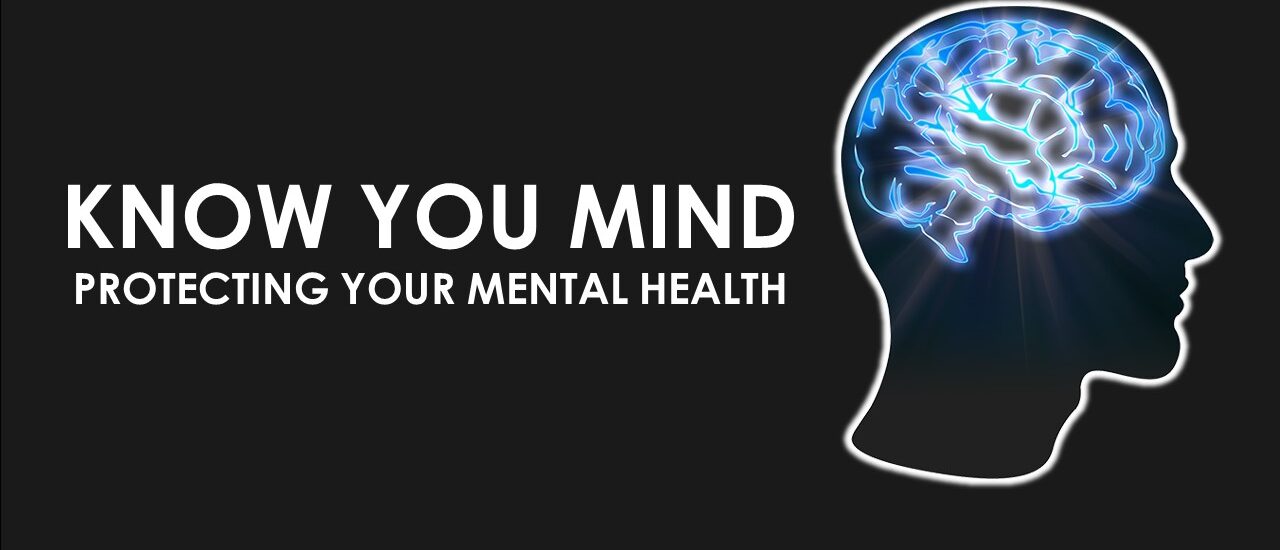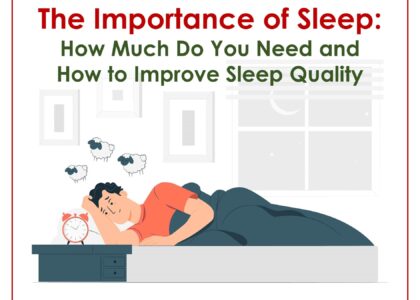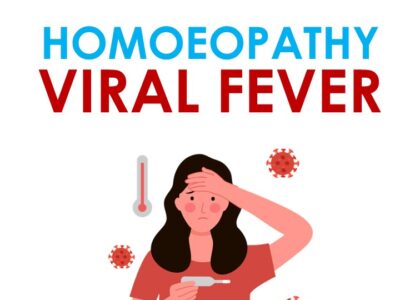Dr.Reeti Pathak, BHMS, MD
Mental health issues are a significant public health concern, with particularly detrimental effects on various aspects of life, especially among adolescents and young adults. This age group experiences higher levels of loneliness compared to others. Loneliness refers to a negative emotional state that occurs when there is a perceived gap between the social relationships one desires and the actual social connections one has. The harmful effects of loneliness on both mental health—primarily manifesting as depression—and physical health are well-documented. According to the World Health Organization (WHO), depression is the third leading cause of death worldwide, highlighting the growing prevalence of mental health issues. Ignoring our own mental health, as well as the mental well-being of those around us, could result in depression becoming the leading cause of death in the future.
Many mental health problems begin during childhood, as children often experience fears, worries, and occasional feelings of sadness or hopelessness. Intense fears can arise at different stages of development; for example, toddlers may become highly anxious when separated from their parents, even if they are safe and well-cared for. While fears and worries are normal in children, persistent or extreme levels of fear and sadness may indicate anxiety or depression. These symptoms, which primarily affect thoughts and feelings, are often referred to as internalizing disorders.
Common symptoms of depression in children and young adults include:
- Appearing or feeling depressed, sad, tearful, or irritable
- Losing interest in activities they once enjoyed
- Spending less time with friends or participating in extracurricular activities
- Changes in appetite or weight
- Sleeping more or less than usual
- Feeling tired or low on energy
- Feeling like everything is their fault or that they are not good at anything
- Having difficulty concentrating
- Caring less about school or performing worse academically
They may also experience more physical symptoms, such as frequent headaches or stomach aches. Depressed adolescents and young adults might turn to alcohol or other substances in an attempt to improve their mood.
Severe depression can lead a child to consider or plan suicide. For young people aged 10-24, suicide is one of the leading causes of death. In some cases, children may not express their feelings of helplessness and hopelessness, nor may they appear visibly sad. Depression might also cause a child to misbehave or seem unmotivated, leading others to overlook their depression and mistakenly label them as troublemakers or lazy.
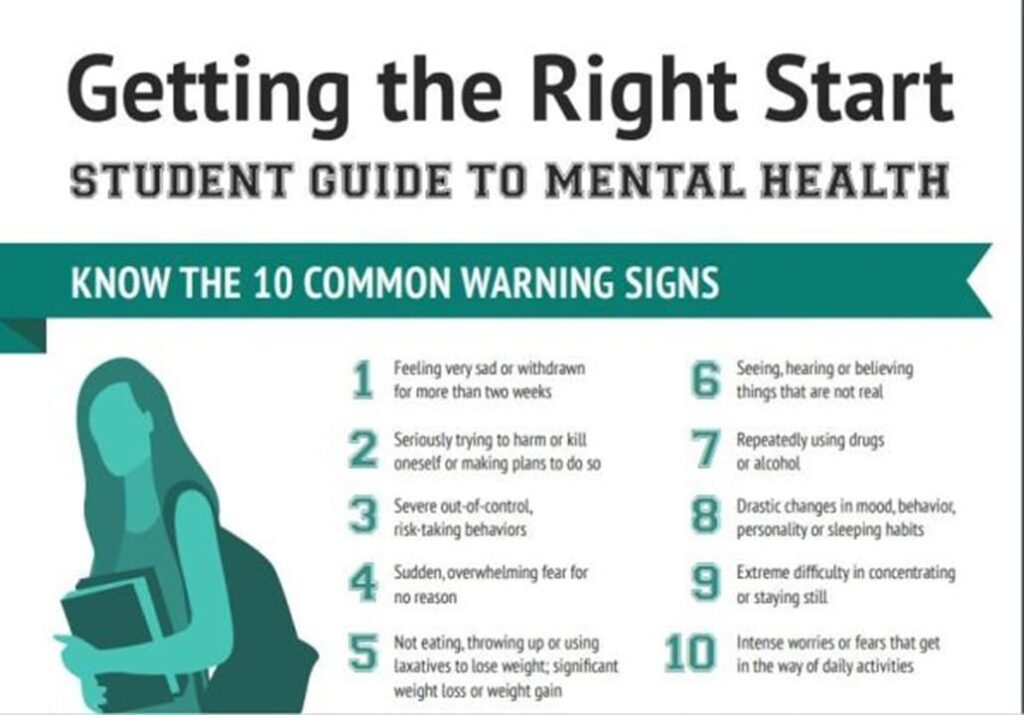
The exact cause of depression is often unknown. Sometimes it seems to appear out of nowhere, while other times it is triggered by stress or the loss of a loved one. Bullying and excessive use of social media may also be linked to depression. Additionally, depression can be hereditary, and children with conditions such as attention problems, learning disabilities, conduct disorders, or anxiety are at a higher risk of developing depression.
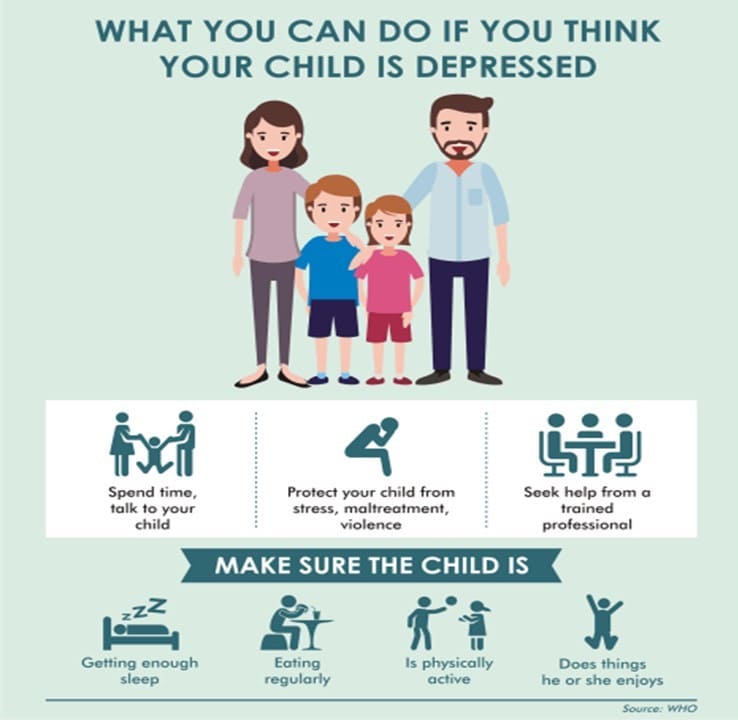
What you can do:
– Continue participating in activities you once enjoyed
– Stay connected with friends and family
– Exercise regularly, even if it’s just a short walk
– Maintain regular eating and sleeping patterns as much as possible
– Avoid or limit alcohol and steer clear of illicit drugs, which can worsen depression
– Talk to someone you trust about your feelings
– Seek help from a healthcare provider
If you have thoughts of suicide:
– Remember you are not alone; many people have experienced what you’re going through and have found help
– Talk to someone you trust about how you feel
– Speak with a healthcare professional, such as a doctor or counselor
– Join a support group
What parents and families can do:
– Communicate openly and honestly, including sharing their values
– Supervise their adolescent to help them make healthy decisions
– Spend time together enjoying shared activities
– Get involved in school activities and assist with homework
– Volunteer at their adolescent’s school
– Communicate regularly with teachers and administrators
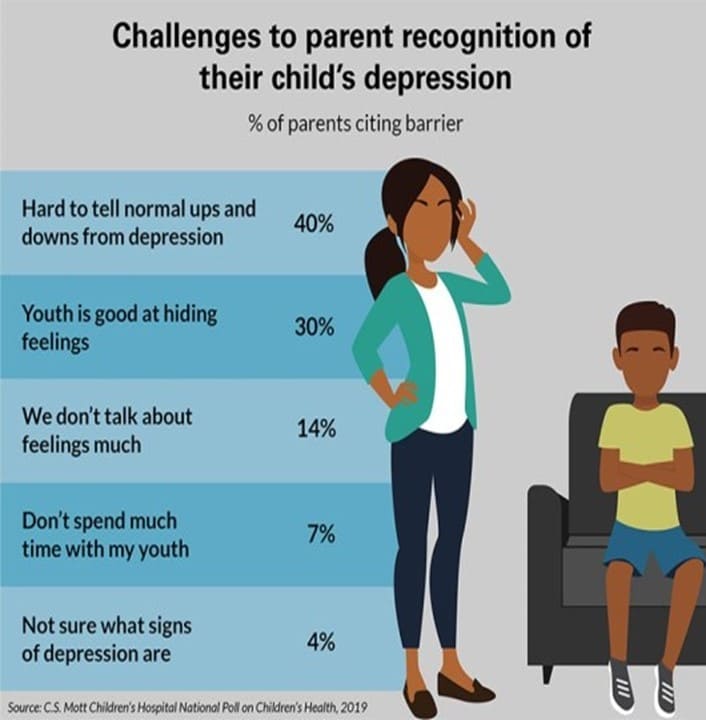
“SEEKING HELP IS A SIGN OF STRENGTH, NOT WEAKNESS.” It’s okay to ask for help. Sometimes, it’s the best thing you can do, and it doesn’t make you weak—it makes you strong!

